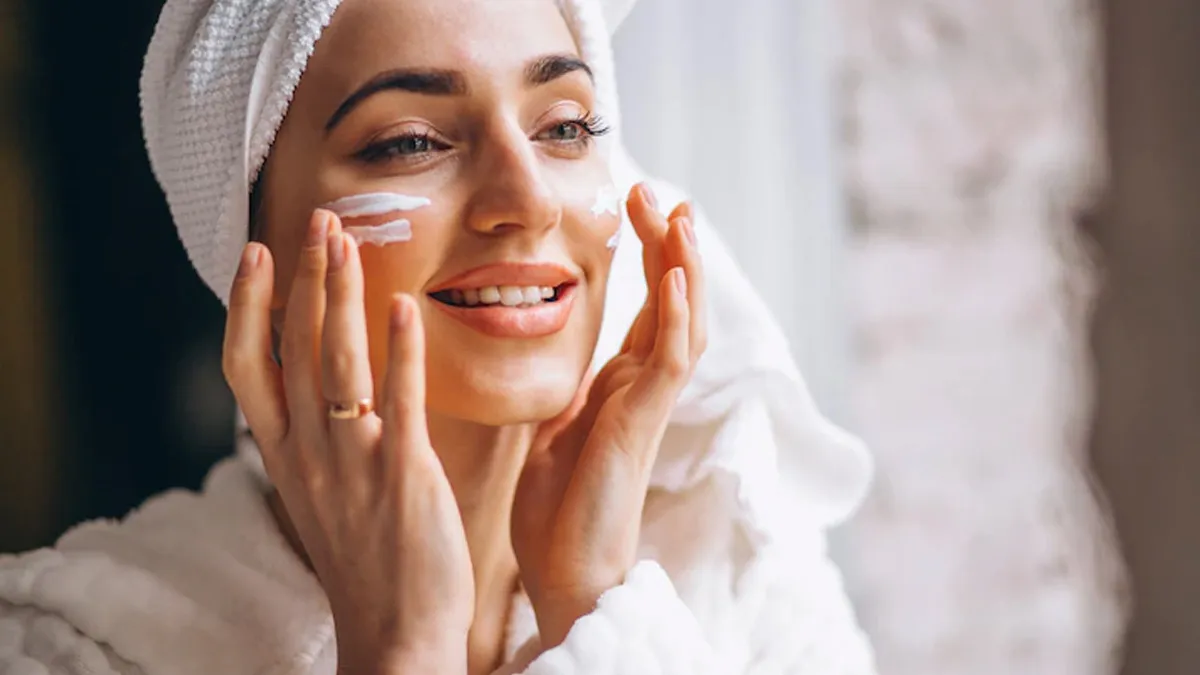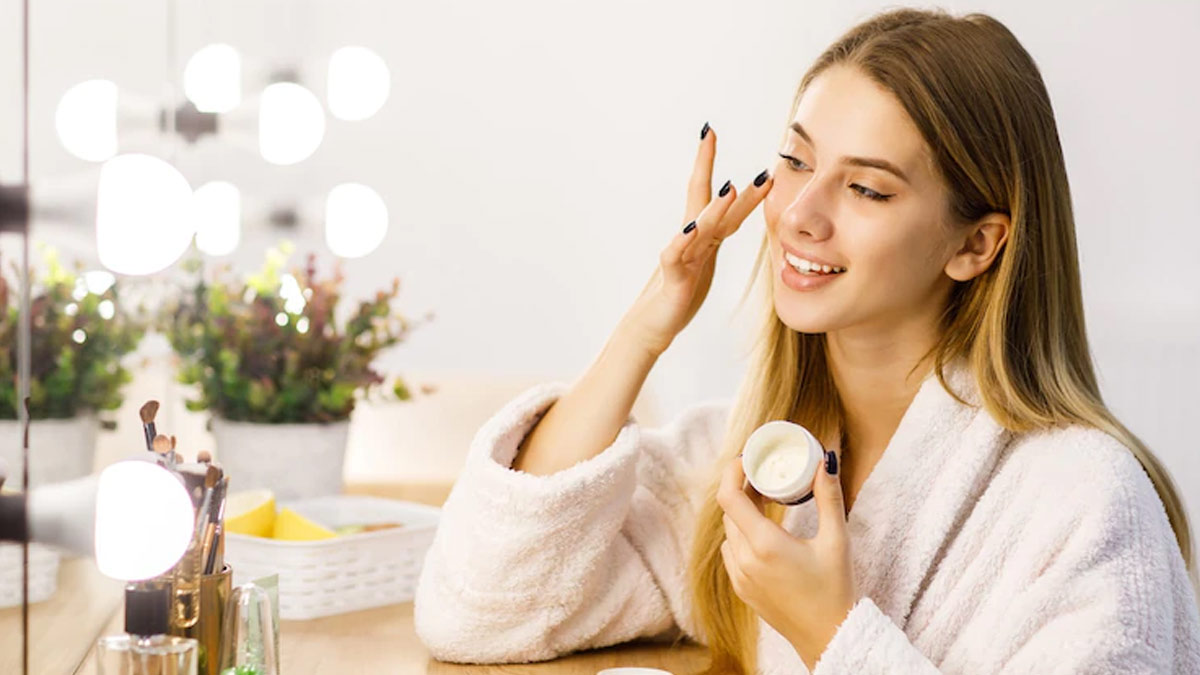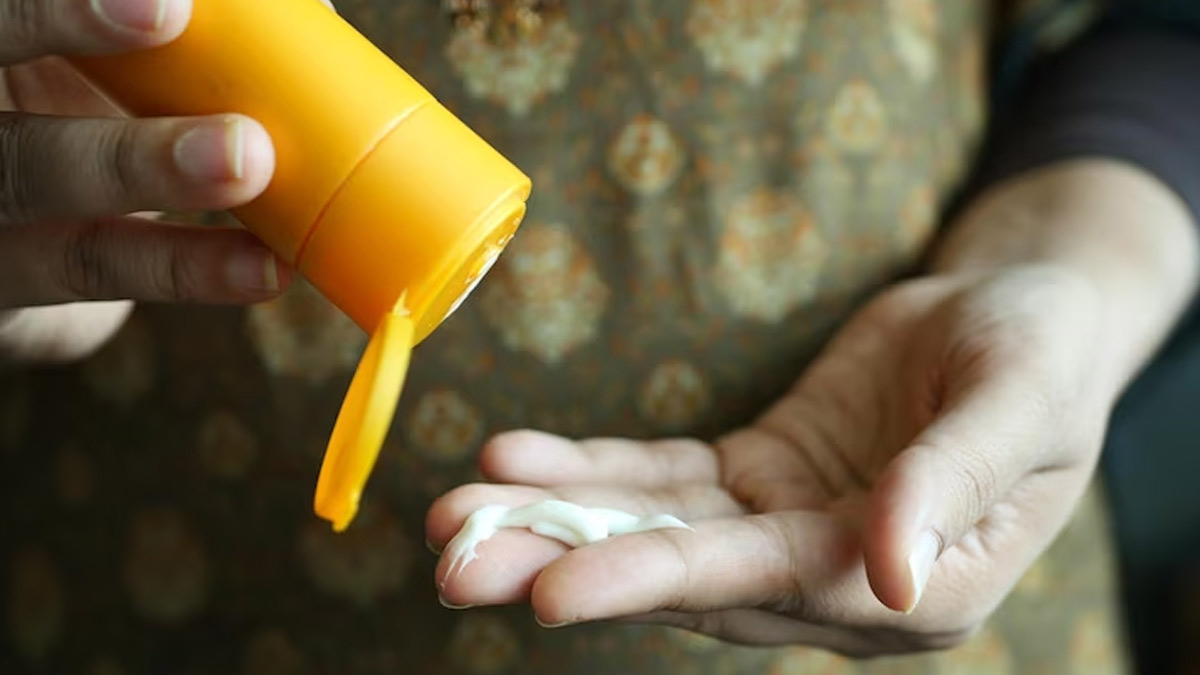
“Always remember your sunscreen!” is something that everyone has heard at least a hundred times. Most people think that one application in the morning is enough to protect them for the entire day. Yet, the fact is that skin cancer rates are going up across the globe despite the awareness raised. Experts suggest that sun exposure and misleading information about sunscreens are the problem. Therefore, it is important to burst these myths to make your defence against skin damage better.
Table of Content:-
Sunscreen Myths That Increase Skin Cancer Risk
In an exclusive interaction with the editorial team of Onlymyhealth, our expert, Dr Pravin Banodkar, MBBS, DNB, DD (UK), FIDP Dermatology, Co-Founder and Lead Dermatologist of Skin Beyond Borders, Mumbai, helped us burst these myth. Read ahead to find out.
Myth 1: SPF 50 Means You’re Fully Protected
“There is a common misconception that if the SPF is high enough, then the UV rays would not penetrate at all. However, it is far from being true. SPF (Sun Protection Factor) alone characterises the level of protection against UVB rays (the sunburn ones) and not against UVA rays that cause skin premature ageing and skin cancer. So an SPF 50 sunscreen shields the skin from UVB rays approximately up to 98%, but it does not imply that you are completely safe,” he explained.
The fix: A broad-spectrum sunscreen should be your choice as it protects against both UVA and UVB rays. Additionally, no sunscreen is 100% radiation-free, so wearing a hat, sunglasses, or taking a rest in the shade are still part of the protective measures.
Also read: Can Your Antibiotic Treatment Cause Anxiety? Expert Shares Tips for Managing Medication Side Effects

Myth 2: You Only Need Sunscreen Outdoors
“Just because you happen to be working only indoors doesn't mean that you can discard the use of sunscreen,” said Dr Banodkar. It is only through windows that UVB rays are blocked while UVA rays are allowed to pass. As UVA rays can destroy collagen, create pigmentation, and contribute to cancer risk, the long run, these are still very harmful rays.
The fix: Put on sunscreen every morning, even if you are going to stay at home or drive.
Myth 3: Reapplication Isn’t Necessary
One misconception that leads most people only apply their sunscreen only once and expect it to stay on their skin all day. Their mistake is that the product gets gradually broken down by sweat, water and natural skin oils. The majority of the sunscreen’s formulations offer effective protection for only about two hours, even less if you are swimming or sweating considerably.
The fix: Carry out the reapplication every two hours and reapply immediately after swimming or drying with a towel. For your face, use not less than one teaspoon of sunscreen, and for your entire body, use the amount that is equal to a shot glass each time.
Myth 4: Darker Skin Doesn’t Need Sunscreen
It is one of the most damaging myths that has been spread of all time. Although the melanin in people with darker skin provides a certain degree of natural protection from the sun, these people may still get sunburns and skin cancer - in fact, skin cancer among them is most often found in the late, more dangerous stages.
The fix: A daily use of sunscreen is mandatory for every person, no matter what skin tone. For deeper complexions, use lightweight or gel-based products that soak in quickly and don’t leave a white cast.

Myth 5: Sunscreen Causes Vitamin D Deficiency
Some individuals do not put on sunscreen as they think that it blocks the absorption of vitamin D. On the other hand, research suggests that regular use of sunscreen has no significant impact on the level of vitamin D in the body and people can still get it from food and from short sun exposure.
The fix: If it is a source of worry for you, make sure your diet consists of foods rich in vitamin D, like fatty fish, eggs, and milk fortified with vitamin D or take supplements only if your doctor advises so.
Bottomline
Wearing sunscreen is not only for the hot summer days, it is like a full protective armour against premature ageing and skin cancer that you can wear any time of the year. A big part of the take-home message is actually knowing how to use sunscreen the right way rather than just focusing on the SPF number on the bottle. So the next time you go out (or even if you are sitting next to a window), remember that real protection is beyond SPF.
Also watch this video
FAQ
1. How often should I reapply sunscreen?
Every 2 hours or immediately after a swim, when sweating or towel-drying.2. Can I skip sunscreen on cloudy or rainy days?
No, UV rays can penetrate clouds up to 80%, therefore, daily application is still necessary.3. Is spray sunscreen as effective as lotion?
Yes, if the spray is done evenly and in the right amount, but usually, lotions are more reliable for complete coverage.
How we keep this article up to date:
We work with experts and keep a close eye on the latest in health and wellness. Whenever there is a new research or helpful information, we update our articles with accurate and useful advice.
Current Version
Oct 07, 2025 18:07 IST
Published By : Tanya Srivastava